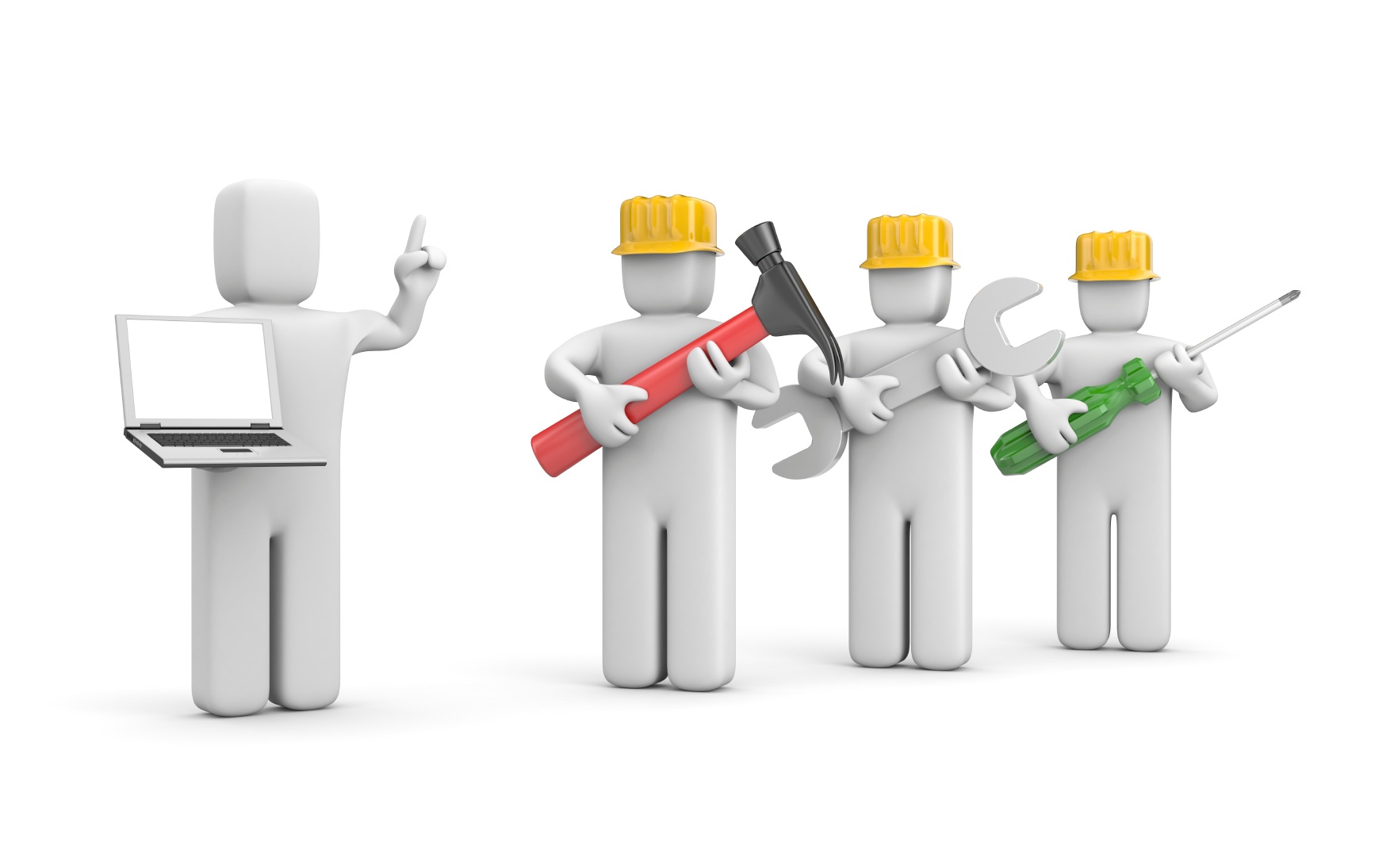Optimize Resources by Scheduling Preventive Maintenance in 3 Easy Steps


Organizations have realized the value of technology for the workplace in ways that our predecessors never dreamed possible. Previously, the benefits of computers and software were limited to management of finances and the workforce, as well as for communication purposes. Innovators in the software industry, however, have learned the value of utilizing technology for every aspect of running a facility. We now have the ability to collect data that enables us to predict future needs, share information spanning the entire workforce, and automate processes that were previously left to employees to remember. The result is streamlined processes and a more efficient business, leading to lower costs and a more profitable business.

Perhaps one of the most valued software tools today is the Facility Maintenance module, where users have the ability to process service requests, communicate concerns, optimize and provide information that will aid the technician when responding to the service call. Data is collected and analyzed, offering us valuable insight into where our focus should shift regarding aspects of the building and its machinery. The module allows us to identify trends and gain an understanding as to how we can more efficiently run the facility. Data collected over the last decade points to preventative maintenance as one of the most effective and profitable methods of managing our buildings.
What is Preventative Maintenance and Why is it a Valuable Business Strategy?
Typically, service requests are generated by users on an as-needed basis. When an issue arises, a service ticket is created and the technician places it in their queue to respond. Emergencies arise and equipment breaks, so companies will never be able to fully abandon this process. However, with the right tools and careful analysis, your Facilities team can create a systematic work order schedule that will ensure all equipment is properly maintained. This approach is designed to improve the life of your equipment, as well as reduce the number of unplanned maintenance issues.
Preventive maintenance plans typically include minor component replacement, inspection and testing of machinery, preplanned maintenance activities, and lubrication, cleaning, and adjusting, based on findings of the inspection. The company budget is positively impacted, as PM plans extend the life of equipment and the facility, depreciation and breakdowns are minimized, and issues are often identified before productivity is impacted.
Whether you own the facility or are leasing it, your maintenance plan and its benefits remain the same:
- Safety – A preventative maintenance plan ensures the highest standards of care, avoiding any emergency situations that could put your people at risk.
- Efficiency – As your equipment and machinery ages, normal wear and tear is expected. When not properly attended to, this will affect the overall efficiency of the building and its energy costs.
- Short-term savings – Large repairs or replacement often come at a much higher price tag than regular, scheduled maintenance. Emergency repairs also typically bring about a loss in productivity while waiting for any issues to be corrected. Since routine maintenance is a scheduled event, you can plan for a time when the impact on productivity will be minimized.
- Long-term Savings – The long-term savings of a preventative maintenance plan come in multiple forms. Routine maintenance of the facility’s assets not only helps prevent asset breakdown, it also minimizes the chances of secondary failures that typically occur when failures happen. Lastly, your Maintenance software should offer you the benefits of data analysis, so you can identify any assets that cost more to maintain than replace, further protecting the overall budget.
How Can a Software Tool Enhance Your PM Plan?
Herb Savje, manager of Howard County (Md.) Public School System, realized surprising information about the system’s maintenance plan, once the proper tools were implemented: “When we started, we thought we knew…where the problems were… What we found was that we weren’t performing preventive maintenance on a continuous basis. What the surveys had showed us was that the problems we had, which was properly conditioning our spaces, actually translated into a lack of preventive maintenance.”
As our business environment becomes more and more complex, so too, do the tasks required for proper management. Leaders and innovators utilize every tool at their disposal to simplify processes, allowing them to focus their energies to more pressing issues. Facility Maintenance software not only simplifies the process of creating an emergency service request, it allows you to develop and automate a preventative maintenance plan and provides valuable data so you can identify trends, predict future issues, and plan accordingly.
How Does it Work?
The tools your company invests in must be simple to use, yet able to solve complex problems. For maximized efficiency, modules should be tied together and synced, which cuts down on redundancy of information and processing, offering you multiple places to find, analyze, and share relevant information.
iOffice’s robust Facility Maintenance module offers a simple, 3 step approach to scheduling preventative maintenance:
- When scheduling a preventative maintenance, you begin your request by choosing a service “type” from a predefined catalogue. This helps classify the request and determines what technician should be notified. Your catalogue is input during the software planning and implementation stage of the process. As the business’ needs evolve, adding more to the catalogue is just one more step to the process.
- After classifying the service type, you will name the scheduled task. This is your opportunity to include any reoccurring details that might be necessary. Be sure you include a description that will allow you to quickly identify what type of request is being generated.
- Your last step is to determine the frequency this item should be serviced. Here, you will choose the date this preventative maintenance task is to begin, how often it should occur, and how many days you want to allot from time of notification to completion. Here, you will have the opportunity to choose when you want a notification to be generated to the relevant technician.
The success and efficiency of an organization is directly tied to these same qualities for its tools and operations. Preventive is, as the name implies, thinking ahead to keep oneself protected. In the case of preventive maintenance for a medium to large-scale organization, it can be viewed as the kind of protection, which benefits an exponentially large number of people behind the realm of the initially affected company. The maintenance, therefore, becomes a benefit for a network of connected companies. And, with the relative ease of use for a scheduling and monitoring system, the necessary tasks take on a virtually automated quality, ensuring that system down time is reduced to a minimum and operations continue to thrive at an optimal rate.


